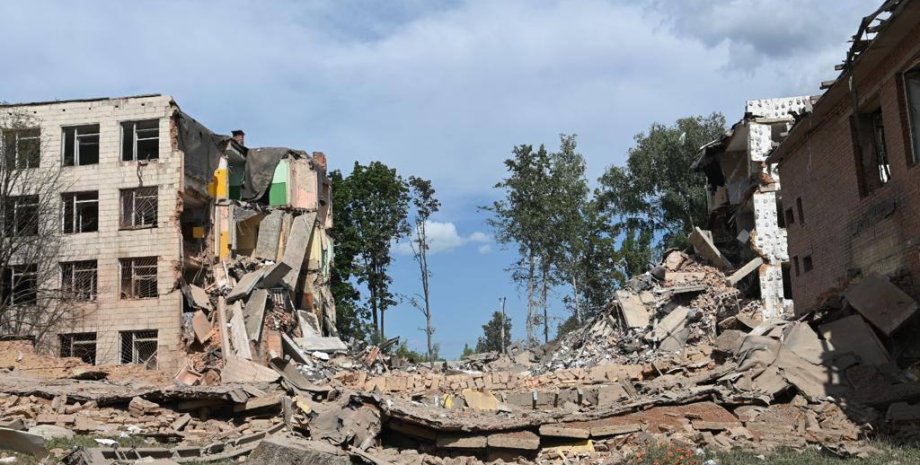
 By Eliza Popova
By Eliza Popova
Fedorov noted that the decision to transfer the reserve under the wing of the Crimean Museum was personally agreed by Russian President Vladimir Putin. According to the mayor of Melitopol, such actions speak of "inadequate perception of the reality" of the Russian side.
"I inform the invaders that the Stone Tomb appeared in our steppes thousands of years before the emergence of Russia, survived the nomadic tribes and the Nazi invasion, so the de -occupation of the Rushists is definitely waiting," Ivan Fedorov writes. It should be noted that in ancient times the stone grave was the place of pagan rites. To date, the territory of the reserve reaches 1. 6 hectares and takes into account more than 3 thousand stone plates.
There are also 65 grottoes and caves within the reserve. Unique rock drawings are preserved on the walls and ceilings, the oldest of which are applied in the late Paleolithic era. The invaders are not for the first time to assign themselves to the cultural and historical heritage of Ukraine. Thus, under the guise of "preservation of cultural values", Russian invaders took away valuable exhibits from the Kherson Art Museum named after Alexei Shovkunenko.
It is reported that during the export of the Museum Fund, the occupiers neglected the rules of transportation of works of art. Instead of special packaging, they were simply wrapped in fabric and brought into the wagons. A similar fate befell Mariupol Art Museum named after Archip Quinji and the Mariupol Museum of Local History. Among the valuable exhibits exported to the territory of Russia are the paintings of Quinji himself, as well as the original canvas of Ivan Aivazovsky.










All rights reserved IN-Ukraine.info - 2022